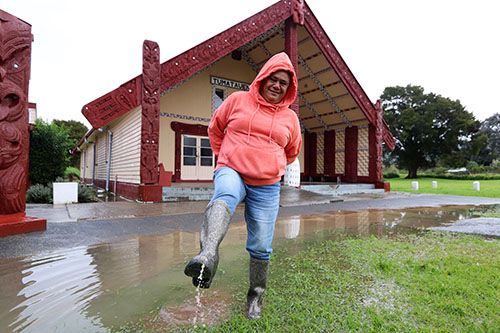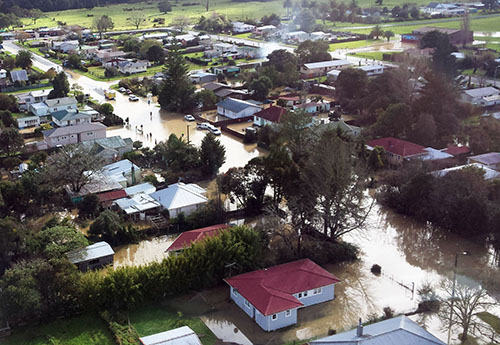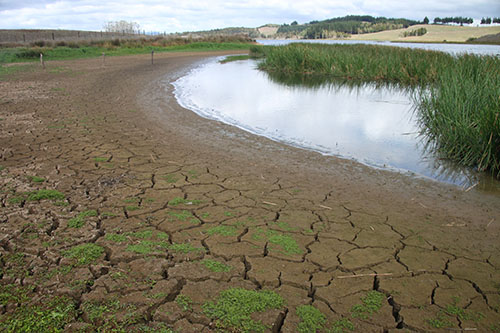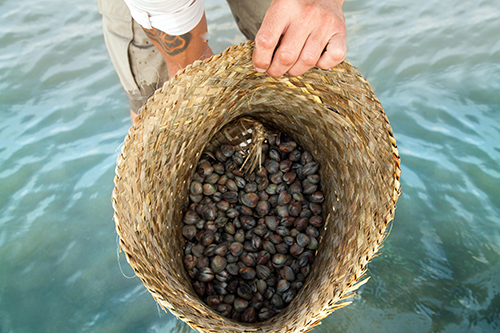Impacts of climate change for Māori
Climate change has the potential to radically threaten the cultural, environmental, economic and social wellbeing of Māori.
Adapting to the effects of climate change is a more complex matter for Māori, for many reasons. The complex legacy of colonisation, their intrinsic bond with te taiao (the natural world) and role as kaitiaki, cultural values and economic vulnerabilities all influence their capacity to deal with climate threats.
Working with Māori as partners to understand, and act on, climate change is essential – as is enabling flexible, Māori-led responses. The close social ties and cultural networks of Māori communities will help them improve resilience and develop adaptation responses that reflect their worldview.
Te ao Māori view of climate change
Māori see the world in a very different light to Pākehā. Climate impacts are felt on the atua (spiritual) level.
Te ao Māori (the Māori worldview) is underpinned by interconnectedness to the natural world through whakapapa to Ranginui (Sky Father) and Papatuanuku (Earth Mother). They retain a multi-generational perspective, based on the responsibility to their tupuna (ancestors) and generations yet to be born.
For many Māori, climate change is not an isolated risk. It’s intrinsically linked to other issues, such as social development needs, housing, environmental degradation, access to public services, and poverty.
Māori perspectives are also defined by relationships. In terms of working with councils on addressing the consequences of climate change, they are underpinned by legacy issues relating to colonisation, loss of land and the sometimes fractured relationships with the Crown and councils. (Some hapū in Northland do not recognise the authority of the Crown or councils.)
Impacts on Māori in Te Taitokerau
People |
|

Flooding at Otiria Marae, 2020.
Economic |
|

Flooding through Moerewa township.
Whenua and ecosystems |
|

Lake Owhareti in drought.
Culture |
|

Gathering shellfish, Bay of Islands.
According to the International Union for Conservation of Nature, indigenous peoples make up less than 5% of the world's population, but they safeguard as much as 80% of the world’s remaining forest biodiversity.
Using a te ao Māori perspective to describe climate risk can bring a holistic, culturally grounded approach to understanding the impacts of climate change. This is more appropriate for Māori communities, and brings a diverse range of skills and knowledge that will benefit all Northlanders.
This perspective acknowledges the need to consider legacy issues such as colonisation, and other socio-economic matters, when understanding and planning for climate risks with Māori communities. It can also make the implications of climate change less abstract, so the problems and issues become more meaningful for all communities. To be truly equitable in the way we adapt to our changing climate, we must incorporate the Māori worldview into our mahi.
At the heart of te ao Māori is the responsibility to be kaitiaki (guardians) of the environment. Though Māori are more vulnerable to the impacts of climate change, they also hold knowledge that can help us all adapt to te ao hurihuri, the ever-changing world.
